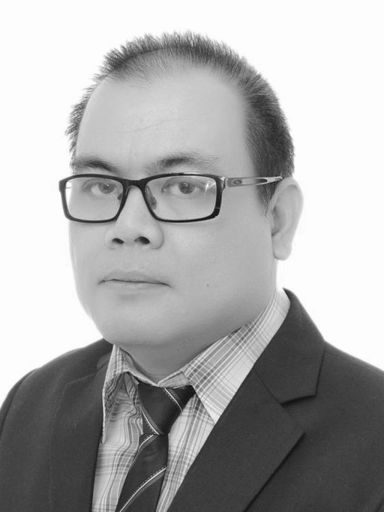
RAMIREZ
I spent my weekend on the island towns of Camotes, the place where my maternal grandparents came from, but the trip was not meant for vacation or some sort of a reunion.
I was brought back to the island where I spent my childhood summer breaks to study the successful implementation of the purok system of the municipality or town of San Francisco.
My group consists of fellow professors Jun Velez and Jeff Cruz from the Department of Journalism and Communications of the University of San Jose-Recoletos.
They intend to study the communication aspect of the purok system that was responsible for the town’s zero casualty rate at the height of Super Typhoon Yolanda which devastated the neighboring province of Leyte.
The United Nations Office for Disaster Risk Reduction (UNISDR) recognized San Francisco as a role model in a highly hazard-prone part of the world after a prompt evacuation of 1,000 people from an islet that had all 500 houses destroyed by Super Typhoon Yolanda.
The research is aimed at filling in the gaps in knowledge on how messages were effectively channeled from the local government to the hundreds of puroks in the municipality in the hopes of establishing a communicative model that can be duplicated in other barangays throughout the country.
Though my group only visited islet purok of Tulang Diyot of Barangay Esperanza and Purok Mahayahay of Barangay Campo in San Francisco town, we initially learned that communication channeling is very effective despite the absence of technological interventions such as the internet, the social media and the other traditional means of communication.
Communication is plainly through word of mouth; and not even a leaflet, newsletter, bulletin board or tarpaulin was used to attain the result of effectively spreading information to each household in the purok.
The purok system in San Francisco, Camotes, was established in early 2000 by then mayor Alfredo “Al” Arquillano who is now the incumbent vice mayor. He intended it to serve as a model for bottom-up governance strategy that he wanted to implement in the town to encourage residents to participate in crafting the policies and direction of the town.
The system is not something new and unique since it closely resembles the sitio system present in all the barangays in the country.
But what makes the purok system in San Francisco helpful is the success of the municipal officials to engage all the households in the area to discuss common concerns like security, health, sanitation, education and other issues at the grassroots level.
The framework is simple: the barangay is divided into puroks and each household in the purok are made to choose a committee where they can be a member.
During monthly meetings, each household is represented by a member who will report about the progress in their committee and listen to the reports and concerns presented by the other committees.
The household representative will then relay (cascade) the information discussed in the purok meeting to members of their respective households.
Whatever concern is brought up in the purok meeting will immediately be communicated to the barangay by the purok officials and then to the municipality which addresses more appropriately the problems raised in the grassroots level.
One of the features of the purok system is that residents know each other and new settlers are required to be introduced to the leaders and made to divulge the circumstances on why they came to settle in the purok.
Aside from sharing common concerns, the purok residents are always in the lookout for new faces in their small community and monitor illegal activities of their members including those involved in the illegal drugs.
This strategy does not exempt foreigners who were attracted to the pristine beaches of San Fran and finally decided to settle down in the town from the compulsory membership to the committee.
They were also required to attend their meeting at least once and later on be substituted by any member of the household.
One purok official said during the meeting that we attended that they know each one who engages in illegal drugs in their purok and they have already made a “toktok hangyo” to the household representative attending their meetings as well as forwarded the names to the barangay and the municipality.
If all the barangays in the country would have a functioning purok like the one in San Francisco, Camotes, there could have been no way that lawless elements like the Abu Sayyaf Group could infiltrate any of our barangays.
Their purok system would easily detect the Abu Sayyaf’s presence owing to the system’s bottom-up framework.